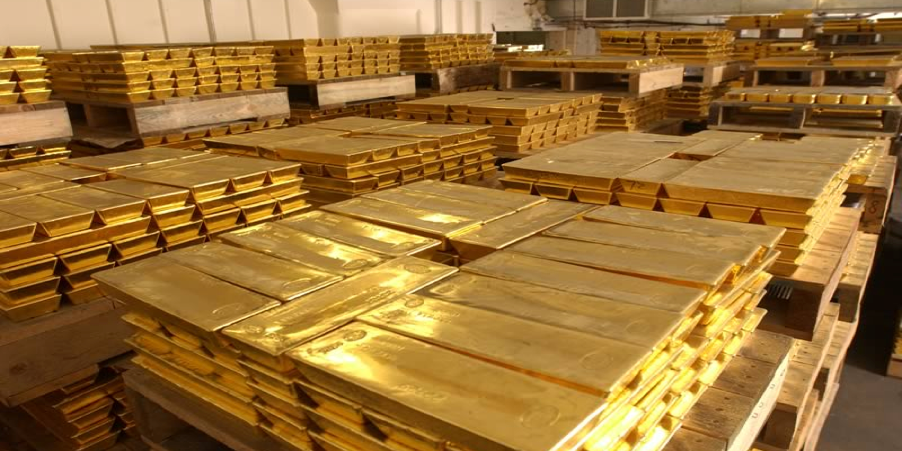THE hair-splitting task in separating mining activities from environmental issues is due to start in Honiara today as part of the consultation process on the Government’s proposed Environment Bill 2023.
The meeting gets underway at the Heritage Park Hotel this morning.
The Environment Bill 2023 is one of four pieces of proposed legislations expected to be tabled in Parliament when it meets next month. Whether the House Bills and Legislation Committee will be able to complete their task before the meeting is anyone’s guess.
Among other things, the Environment Bill 2023 will have a provision for the protection and conservation of the environment, the creation of a division for the environment and conservation within the department as well as the establishment of an environment Board.
It is understood increasing interest in mining in Solomon Islands has prompted enacting specific legislation to deal with protecting the environment, which is often overlooked by foreigners.
This is because, according to published reports, mining in the Solomon Islands has led to land degradation, deforestation, and loss of biodiversity. Rivers and water bodies are contaminated with toxic runoffs from mining sites.
Constant argument over environment issues often overshadows smooth negotiations between landowners and investors, and almost always caused extensive delays as well as cost over-runs.
Solomon Islands is rich in minerals.
According to one recent report the estimated value of mineral deposits in the Solomon Islands is around $59 billion (about SBD472 billion). This remains to be captured.
This figure is based on the potential for exploitation of readily accessible minerals in the near future, with high chances of further discoveries if suitable investors are attracted.
Key points about Solomon Islands’ mineral wealth:
- Major minerals are primarily bauxite, with potential for gold, copper, and nickel.
- Current mining operations: The Gold Ridge mine is the most prominent, currently operated by a Chinese company.
While significant potential exists, mining currently contributes a relatively small percentage to the Solomon Islands’ GDP.
Other mining activities in the Solomon Islands include the extraction of bauxite, silver, lead, zinc, nickel, and phosphate
According to a recent World Bank Report, mining operations have the potential to become a vital part of the Solomon Islands economy and to account for an increased share of gross domestic production, exports, and government revenues … .
“High levels of discretion in decision making are relied upon with relatively few checks and balances in place and limited scope for officials and leaders to be held to account.
“The conduct of the Minerals Board, which is vested with authority to grant and cancel rights, and issue penalties, has faced criticism, with some stakeholders considering it as too opaque and arbitrary in the use of the discretionary powers given to it in the mining legislation. The Minerals Board is comprised of senior government ministry officials and provincial government representatives and is not presently required to include participation of civil society or other groups. Too many regulatory matters have ended up in dispute, including legal challenges against Board decisions, or generated grievances for which formal channels for redress have proven inadequate,” the report said.
The report said that if responsible investors were to be re-assured about the conditions for launching risky long-term investments in mineral exploration and mining in Solomon Islands, there is the possibility of the mining sector eventually becoming a significant contributor to exports, foreign exchange, government revenues, employment and local development opportunities in some of the more remote parts of the archipelago.
“International mining companies have been following closely the attempts of successive governments to reform mining sector management and they await completion of the Mining Bill, associated regulations and related reforms”.
By Alfred Sasako









